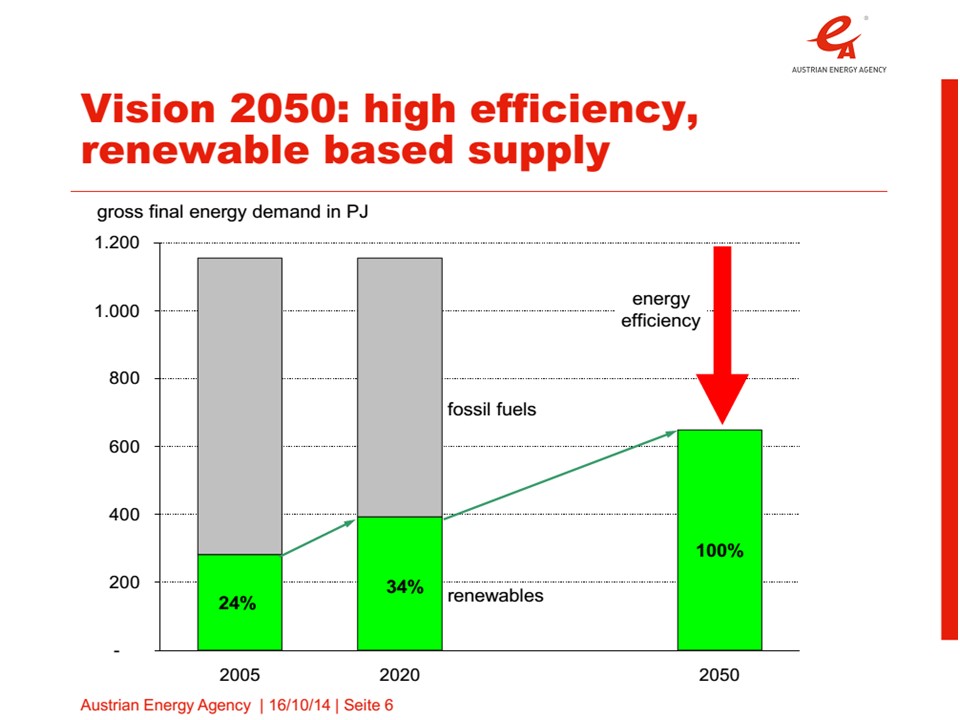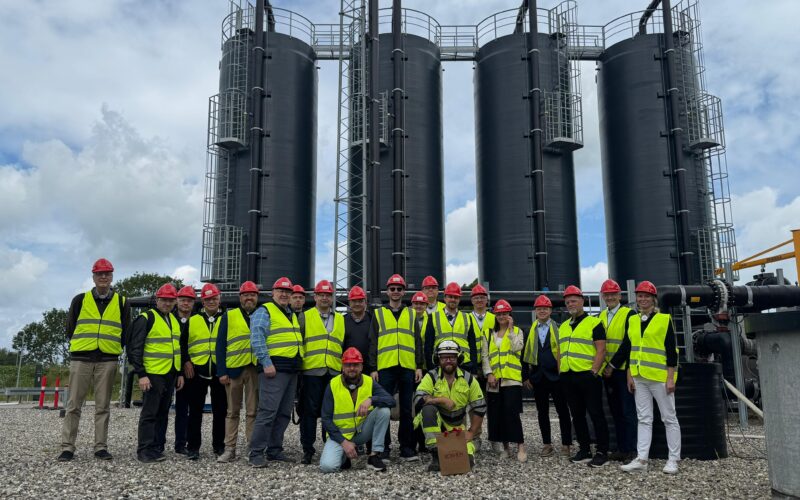Energy Strategy of Ukraine until 2050 – why this document is needed now?
By 2050, it is possible to achieve 100% RES in the production of electricity and heat. By 2070 – 100% RES in transport and have 100% RES in general for the energy sector.
- Electricity: mostly sun + wind + energy storage + interconnectors.
- Heat: mainly biomass + electrification.
- Transport: mainly liquid biofuels + renewable gases (biomethane, green hydrogen) + electrification.
The transition to 100% RES is the most economically and environmentally feasible scenario. UABIO calls for an urgent start in Ukraine to prepare a new Energy Strategy until 2050, which will be based on:
- Reduction of energy consumption due to increased energy efficiency and energy saving;
- Usage of renewable energy sources.
According to the International Energy Agency (IEA), energy efficiency (40%) and renewable energy sources (30%) will play a key role in preventing global warming by more than 2 °C and a corresponding reduction in CO2 emissions by 2050. This approach to energy planning has already been introduced in Austria.

Why is it make sense?
We have already had such experience. Several countries are already close to achieving 100% RES: Iceland, Paraguay, Costa Rica, Norway, Nicaragua, Scotland.
Many countries are already on this pathway. 53 countries have targets for the transition to 100% RES in different sectors (mainly in electricity generation). Sweden and Denmark have already approved official energy strategies for the transition to 100% RES in all sectors by 2050. In addition, 247 cities and 33 individual states and regions have also set targets for the transition to 100% RES.
More about this in the report of the International Renewable Energy Agency (IRENA) «TOWARDS 100% RENEWABLE ENERGY», 2019.


